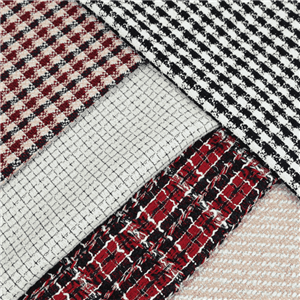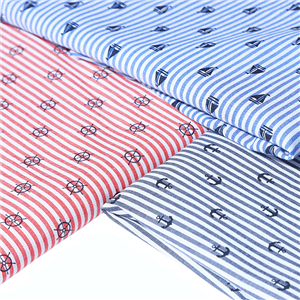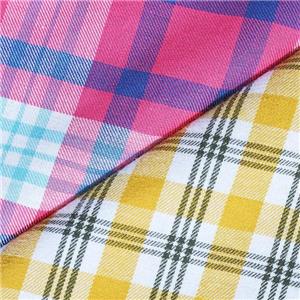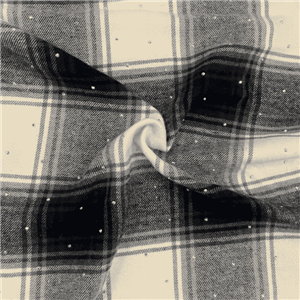What Is Jeans Fabric VS Denim Fabric?
Many people confuse “jeans fabric” with denim fabric, but in the textile industry, they are related yet distinct. Denim fabric is a broad category of cotton twill textiles, known for its diagonal weave and indigo-dyed warp yarns, used in various garments and accessories. Jeans fabric is a specialized subcategory of denim, engineered for jeans production with higher weight, durability, and wash stability. This article examines their definitions, compositions, types like raw denim fabric, selvedge denim fabric, and stretchable denim fabric, performance characteristics, and market trends. With data-driven comparisons and FAQs, it guides buyers, designers, and denim fabric suppliers in making the right sourcing decisions.

Definition of Denim Fabric and Jeans Fabric
Denim Fabric refers to a durable cotton twill textile with distinct diagonal ribbing. Traditionally made from denim fabric material—100% cotton—it now often includes blends like cotton-polyester or cotton-elastane for enhanced properties. The hallmark is indigo-dyed warp yarns combined with white or light-colored weft yarns, producing a two-tone appearance.
Jeans Fabric is a specific type of denim fabric optimized for jeans and similar garments. It is generally heavier (10–16 oz), more tightly woven, and designed to withstand repeated washing, abrasion, and stress from daily wear.
Composition and Material Differences
| Fabric Type | Typical Composition | Key Features |
|---|---|---|
| Denim Fabric | 100% cotton, cotton + polyester, cotton + Lyocell, cotton + elastane | Versatile, suitable for a wide range of garments |
| Jeans Fabric | 100% cotton (heavyweight), cotton + small % elastane | Firm structure, high abrasion resistance, wash stability |
Key Insight: While all jeans fabric is a type of denim fabric, not all denim fabrics are jeans fabric. Denim can be lightweight and soft for shirts or dresses, while jeans fabric focuses on durability for pants.
Weaving and Weight Range
Denim Fabric comes in various weaves:
3/1 right-hand twill (most common)
2/1 twill
Broken twill
Jacquard patterns for decorative effects
Jeans Fabric almost exclusively uses dense 3/1 right-hand twill for strength.
Weight Range:
Denim fabric: 4–16 oz (lightweight to heavyweight)
Jeans fabric: 10–16 oz (mid to heavyweight)
| Parameter | Denim Fabric | Jeans Fabric |
|---|---|---|
| Weave variety | Multiple twill types | Primarily 3/1 right-hand twill |
| Weight | 4–16 oz | 10–16 oz |
| Density | Adjustable | High density for maximum durability |
Types of Denim Fabric Used in Jeans
Raw denim fabric – Unwashed after dyeing, allowing for unique fading patterns over time. Preferred by enthusiasts for its personalized wear marks.
Selvedge denim fabric – Woven on shuttle looms with self-finished edges; valued for heritage quality and craftsmanship.
Stretchable denim fabric – Contains elastane or spandex for comfort and flexibility, popular in skinny and slim-fit jeans.
Performance Characteristics
| Property | Denim Fabric | Jeans Fabric |
|---|---|---|
| Abrasion resistance | Medium to high | High |
| Colorfastness | Moderate (indigo prone to fading) | Optimized for repeated washes |
| Elasticity | Rigid or stretch options | Mostly low-stretch or rigid |
| Comfort | Breathable in lightweight blends | Firm, less breathable |
Note: Jeans fabric is subjected to performance testing—tear strength, tensile strength, dimensional stability—before bulk production.
Processing and Finishing
Denim Fabric: Can undergo multiple finishes—waterproofing, stain resistance, brushing, printing—depending on the final product.
Jeans Fabric: Specially treated for shrinkage control (sanforization), anti-pilling, and stability during stone washing, enzyme washing, or laser distressing.
Global Market Trends for Denim
Global denim market value in 2024: $64 billion, projected to grow at 4.2% CAGR through 2030.
Increasing demand for sustainable denim fabric material: organic cotton, recycled fibers.
Selvedge denim fabric seeing revival in premium markets.
Stretchable denim fabric dominating casualwear due to comfort.
| Trend | Growth Rate | Driver |
|---|---|---|
| Sustainable denim | +8% CAGR | Eco-conscious consumers |
| Premium selvedge | +5% CAGR | Heritage fashion revival |
| Stretch denim | +6% CAGR | Athleisure and comfort wear |
How to Choose Between Denim Fabric and Jeans Fabric
Product category: Shirts, skirts, and jackets may use lightweight denim; jeans require heavy, durable fabric.
Target market: Premium markets value selvedge denim fabric; fast fashion prefers blends for cost and comfort.
Functionality: Specify stretch, waterproofing, or UV protection at sourcing.
Supplier capability: Work with experienced denim fabric suppliers who can deliver consistent quality.
Care Instructions
For Denim Fabric:
Wash in cold water with mild detergent.
Turn garments inside out to reduce fading.
Air dry to maintain shape and prevent shrinkage.
For Jeans Fabric:
Avoid frequent washing to preserve color.
If stretchable, avoid high heat to protect elastane.
Spot clean minor stains.
Denim Fabric vs Jeans Fabric – Summary Table
| Aspect | Denim Fabric | Jeans Fabric |
|---|---|---|
| Definition | Cotton twill fabric category | Subcategory of denim for jeans |
| Uses | Apparel, accessories, home décor | Jeans, denim skirts, heavy-duty garments |
| Weight | 4–16 oz | 10–16 oz |
| Durability | Medium to high | High |
| Wash adaptability | Standard | High |
| Elasticity | Optional stretch | Mostly rigid or low-stretch |
FAQs
What is the main difference between denim fabric and jeans fabric?
Denim fabric is a broad fabric category; jeans fabric is a specialized type made for jeans.
Is all jeans fabric made from denim?
Yes, but not all denim fabric is jeans fabric—some are too lightweight for jeans.
What is raw denim fabric?
Unwashed, untreated denim that develops unique wear patterns over time.
Why choose selvedge denim fabric?
For superior craftsmanship, durability, and traditional weaving methods.
Is stretchable denim fabric durable?
Yes, if produced with high-quality elastane and proper finishing.
Where can I find reliable denim fabric suppliers?
Specialized denim fabric suppliers offer consistent quality, customization, and sustainable options.
Conclusion
While jeans fabric and denim fabric share the same roots, their applications and characteristics differ significantly. Denim fabric encompasses a wide range of textiles used across apparel and accessories, while jeans fabric is engineered for durability, structure, and wash performance in jeans. Understanding their differences—and knowing the types like raw denim fabric, selvedge denim fabric, and stretchable denim fabric—is essential for designers, brands, and denim fabric suppliers. With sustainability and comfort driving trends, sourcing the right denim fabric material ensures product success and market competitiveness.
About HonryFabric
At HonryFabric, we manufacture premium denim fabric for global clients, including raw denim fabric, selvedge denim fabric, and stretchable denim fabric. As trusted denim fabric suppliers, we offer sustainable solutions, customization, and on-time delivery. Explore our full range at https://www.honryfabric.com/.




